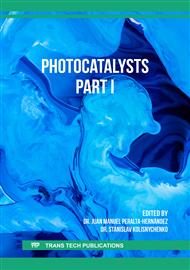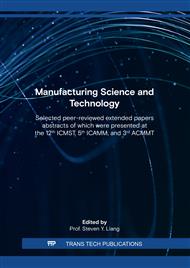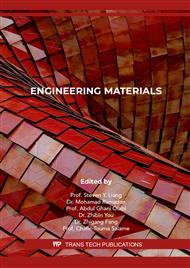p.169
p.177
p.183
p.193
p.215
p.223
p.231
p.237
p.249
Bio-Inspired Hierarchical Porous TiO2 for Photodegradation of Organic Pollutant under Solar Irradiation
Abstract:
Photo-degradation of organic pollutants is of immense importance for environmental protection. The key is low-cost photocatalysts of high efficiency. Templating approach is attractive to gain hierarchical porous photocatalysts with high surface area, while is usually stuck by the limited types of desirable templates, in particular those with sophisticated microstructures. Herein, we showed a bio-inspired templating strategy that was applied to fabricate an efficient TiO2 photocatalyst with a unique hierarchical porous structure. Taking rape-pollen grains as a typical example of bio-templates, a process combining hydrothermal treatment with calcination was developed to grow TiO2 nanoparticles of 6-14 nm on the templates and subsequently to remove the organic biotemplates. As-obtained TiO2 were micro-sized spheres or ellipsoids that were surrounded by open tubular arrays. The surface area was as large as ~175 m2/g. For photodegradation, the rape-pollen-grains-architectured TiO2 has a rate (k) of 0.150 min-1, which is 10.9 times faster than the non-templated TiO2. The superior photocatalytic activity should be ascribed to the unique hierarchical porous structures, which provided interconnected channels for efficient mass transport and a large surface area for fast reaction. Our work demonstrates an effective method, namely bioinspired templating, for the scalable synthesis of efficient photocatalysts. Considering the structural diversity of pollen grains, this work may inspire others on the research of photo-response materials that rely on morphology optimization.
Info:
Periodical:
Pages:
215-221
Citation:
Online since:
June 2022
Authors:
Keywords:
Price:
Сopyright:
© 2022 Trans Tech Publications Ltd. All Rights Reserved
Share:
Citation:




